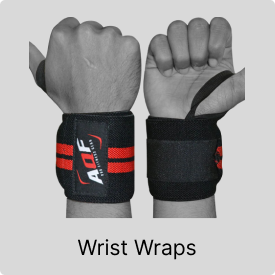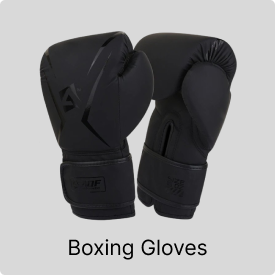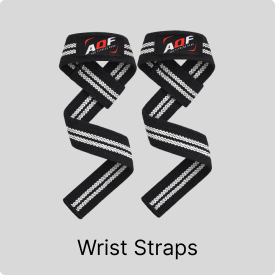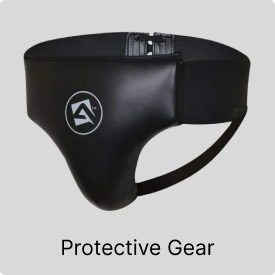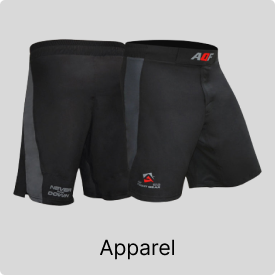Face Pulls: How to Do Them Correctly (Step-by-Step Guide)

Do you have trouble with bad posture or shoulder pain? Nowadays, it is very common, especially if you sit at a desk a lot, work on a computer, or do activities that make you hunch over.
Face pulls might be the simple fix you need. It is one of the best exercises for shoulder health as it helps strengthen your upper back, improves your posture, and can stop injuries.
Studies show that face pulls can make your shoulders stronger and more stable (American Council on Exercise, 2022). This helps lower the risk of injury and keeps your posture better.
If you want to add this simple and effective move to your routine, you’re in the right place. Let’s discuss the correct form for face pulls, step by step, using the right fitness equipment like resistance bands, lifting straps, and wrist wraps.
Why You Should Consider Face Pulls
Face pulls are great for shoulder health and balance. Here’s why you should add them to your routine:
- Fixes Bad Posture – If you sit at a desk a lot, face pulls help strengthen your upper back and stop your shoulders from rounding forward.
- Prevents Shoulder Injuries – Strengthening your rear delts and rotator cuff makes your shoulders more stable and reduces injury risk.
- Balances Strength for Lifters – If you do a lot of push-ups or bench presses, face pulls help fix muscle imbalances that can hurt your posture.
Studies show that strengthening the back shoulder muscles lowers the risk of shoulder pain (National Strength and Conditioning Association, 2021).
What You Will Need
Before starting, it’s important to have the right gear to make the exercise easier and more effective. Here’s a quick list of what you will need:
Resistance Bands: These are great for face pulls because they provide steady tension while you move.
Cable Machine: It is one of the most preferable tools as it provides a stable setup and adjustable resistance.
You can also use a wrist wrap if you have injuries on your wrists and need more support. Also, wearing a lifting strap can help you have a better and stronger grip.
Step-by-Step Guide to Performing Face Pulls
It is very important to do pulls the right way in order to get the best results. Follow these easy steps to do them safely and correctly.
Setting Up
- For resistance bands, attach them to a sturdy anchor point at about head height.
- If using a cable machine, set the pulley at head height and attach the rope attachment.
Grip
- Hold the free ends of the band or the rope attachment with both hands.
- If you’re using lifting straps, secure them now to prevent grip fatigue.
Position
- Step back to create tension in the band or cable.
- Stand with your feet hip-width apart, keep your knees slightly bent, and engage your core.
Execution
Pull
- Keeping your elbows higher than your wrists, pull the band or rope towards your forehead. Rotate your shoulders outward as you pull. Your hands should move apart naturally during the motion.
Squeeze
- When your hands are close to your face, squeeze your shoulder blades together for a brief moment to fully activate your rear delts.
Return
- Slowly extend your arms back to the starting position while maintaining control and keeping tension in the band or cable.
Note
If you’re using a cable machine, ensure the weight stack is not too heavy. Focus on maintaining the right form rather than lifting heavy weights.
Face Pulls With Bands Vs. Cable Machine
Now we know how to do face pulls, but here comes the question: Which is better, face pulls with bands vs. cable machine? Cable machines help you keep your form right because the pull is always the same.
On the other hand, resistance bands are great because you can take them anywhere, and they’re cheaper. They also make your muscles work harder as you stretch them out. Here’s what to keep in mind:
- Steady Pull: Cable machines give you a smooth and even pull.
- Take Anywhere: You can use bands wherever you go.
- Save Money: Bands are less expensive than cable machines.
- Mix It Up: Both methods let you change your workout to keep things interesting.
Common Mistakes to Avoid When Doing Face Pulls
Avoid these common mistakes to get the best results from your face pulls:
Mistake #1: Using Too Much Weight
Going too heavy makes you use your traps instead of your rear delts. Start with light weight and focus on your form before increasing the weight.
Mistake #2: Letting Your Elbows Drop
Keep your elbows higher than your wrists. Dropping your elbows makes the exercise less effective and works the wrong muscles.
Mistake #3: Pulling With Your Hands Instead of Your Elbows
Don’t just pull your hands to your face. Think about pulling your elbows back. This targets the right muscles in your shoulders and upper back.
Key Tips
These tips will help you perform pulls safely and get the best results, especially if you’re focused on how to improve posture with resistance training.
Focus on Form: Keep your head still and your back straight during the exercise.
Avoid Overextending: Don’t let the band pull you forward. Stay in control as you return to the start.
Adjust Resistance: If it feels too easy or too hard, move closer or farther from the anchor or use a different band.
Quick Reference Table: Face Pull Variations
| Variation | Equipment Used | Focus Area |
| Standard Pull | Resistance Band | Rear Deltoids, Rhomboids |
| High Pull | Resistance Band | Upper Trapezius, Rear Delts |
| Seated Pull | Cable Machine | Posture, Shoulder Stability |
Final Thoughts
Face pulls are the best exercises for shoulder health, and everyone should try them. They help you to make your posture better. Using fitness tools like resistance bands, lifting straps, and cable machines can make them safer and easier to do.
The key to seeing results is staying consistent. Add this amazing exercise to your workouts often, and focus on doing them with good form. Start simple, take your time, and you’ll build a stronger, more balanced upper body. Enjoy your workouts!
Frequently Asked Questions (FAQs)
Got some questions? Here are some commonly asked ones to help you out:
1. Can beginners do face pulls?
Yes, beginners can do face pulls. It’s a safe exercise for those just starting out. Just be sure to use light resistance and focus on your technique first.
2. How often should you do face pulls?
It’s good to do face pulls 2-3 times a week. This helps build better posture and stronger shoulders without overdoing it.
3. Face pulls vs. lat pulldown – which is better?
Both exercises are good for different reasons. Face pulls are great for your shoulder health and posture. Lat pulldowns help make your back muscles stronger. Choose based on what you need more.
4. Are face pulls effective for relieving shoulder pain?
Yes, face pulls can help with shoulder pain by making your shoulder area stronger and more balanced. If you keep having pain, though, it’s best to see a doctor.
References
American Council on Exercise (2022). Shoulder Stability and Strengthening Exercises. Retrieved from www.acefitness.org.
National Strength and Conditioning Association (2021). The Benefits of Strengthening the Posterior Chain and Shoulder Stability Exercises. Retrieved from www.nsca.com.

